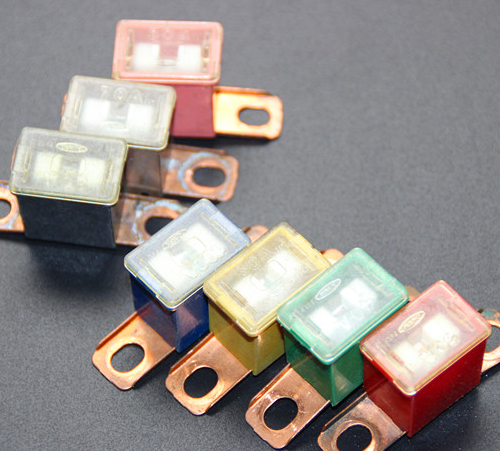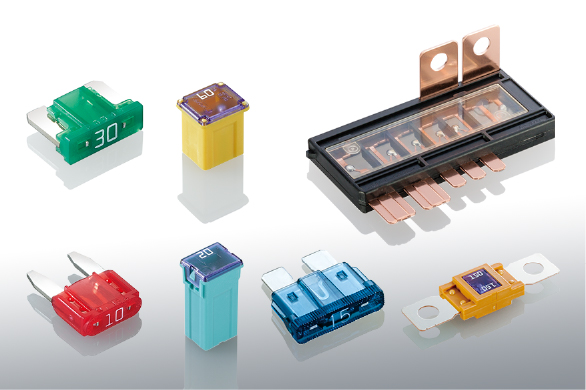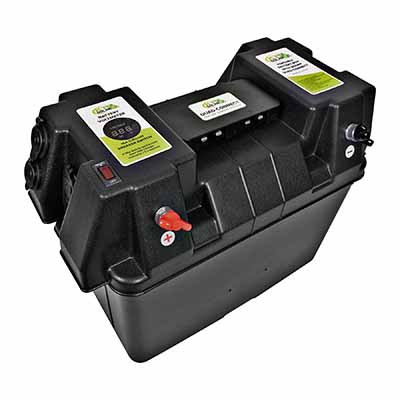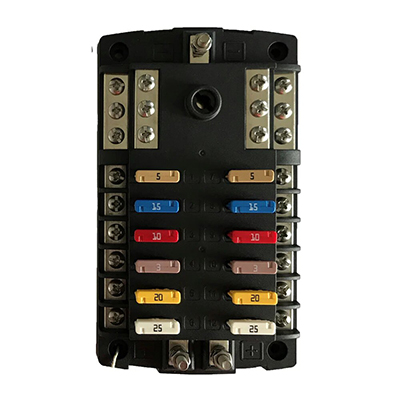Safe Techniques for Extracting Automotive Fuses
News 2025-09-29
Car fuses are essential safeguards in vehicle electrical systems, designed to interrupt current flow during overloads or short circuits, thus preventing damage and potential fires. This task is often required in scenarios like diagnosing why a car’s headlights dim or a power window fails. Mastering fuse removal ensures efficient troubleshooting and maintenance, enhancing overall vehicle reliability and safety.

## Common Applications and Performance Advantages
Fuse removal is frequently applied in automotive diagnostics, such as identifying issues with accessories or lighting systems in both personal and professional settings. Key performance benefits include rapid circuit isolation for fault finding, cost savings from easy replacements, and improved system longevity by using fuses that handle specific current loads effectively, making them indispensable for modern vehicles.
## Necessary Tools and Preparation Steps
Proper tools are crucial for safe fuse handling, including a dedicated fuse puller or fine-tipped pliers to avoid damaging components. Always prepare by consulting the vehicle’s fuse diagram, ensuring the engine is off, and wearing protective gloves to minimize risks. This setup not only streamlines the process but also upholds safety standards in electrical work.
## Step-by-Step Guide to Fuse Removal
Start by locating the fuse box, typically under the dashboard or hood, and refer to the manual for identification. Gently grip the fuse with your tool and pull it straight out with even pressure to prevent breakage. Inspect for damage and, if needed, replace with an identical fuse to maintain circuit protection. Finally, test the system to verify functionality, ensuring a secure and effective repair.


